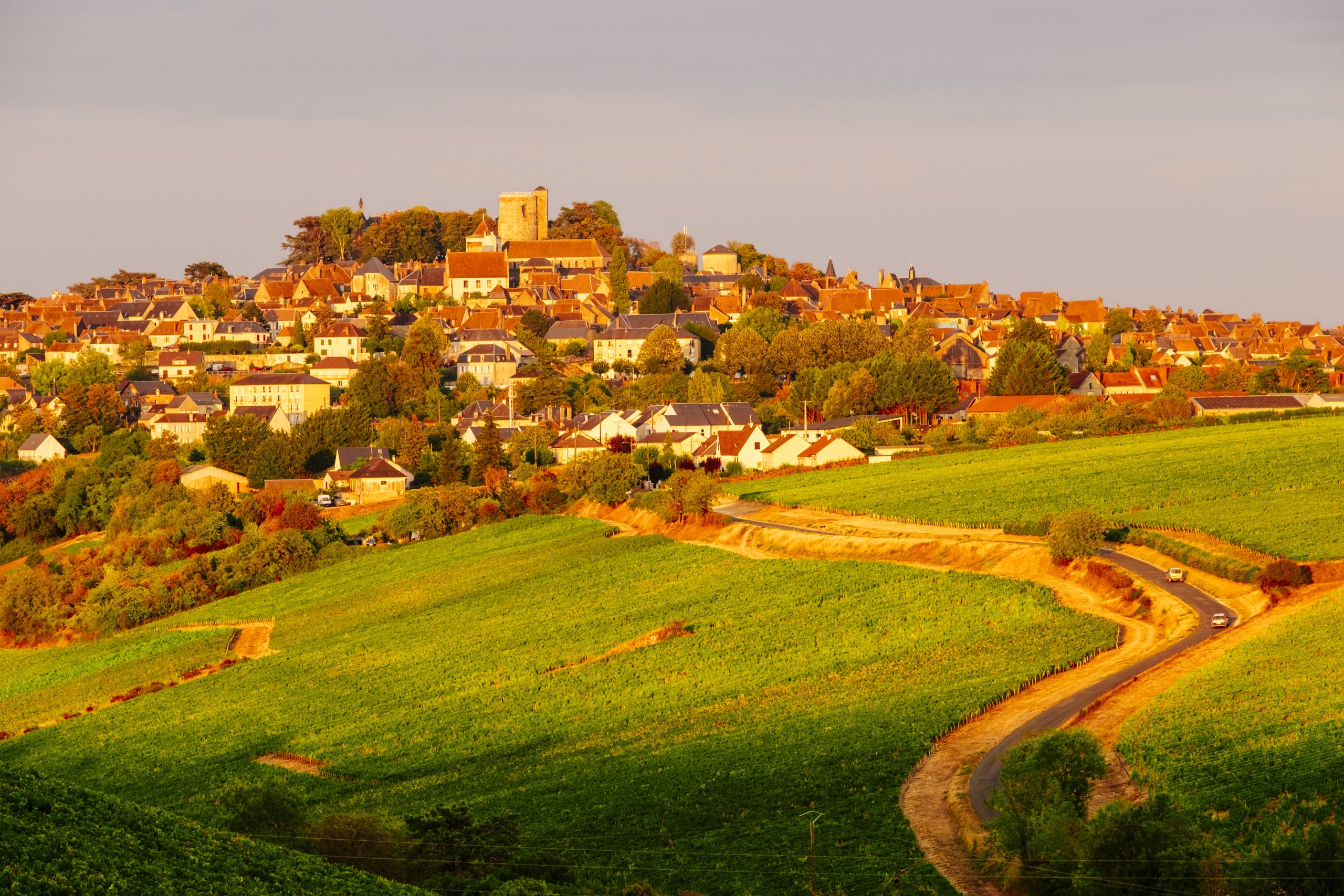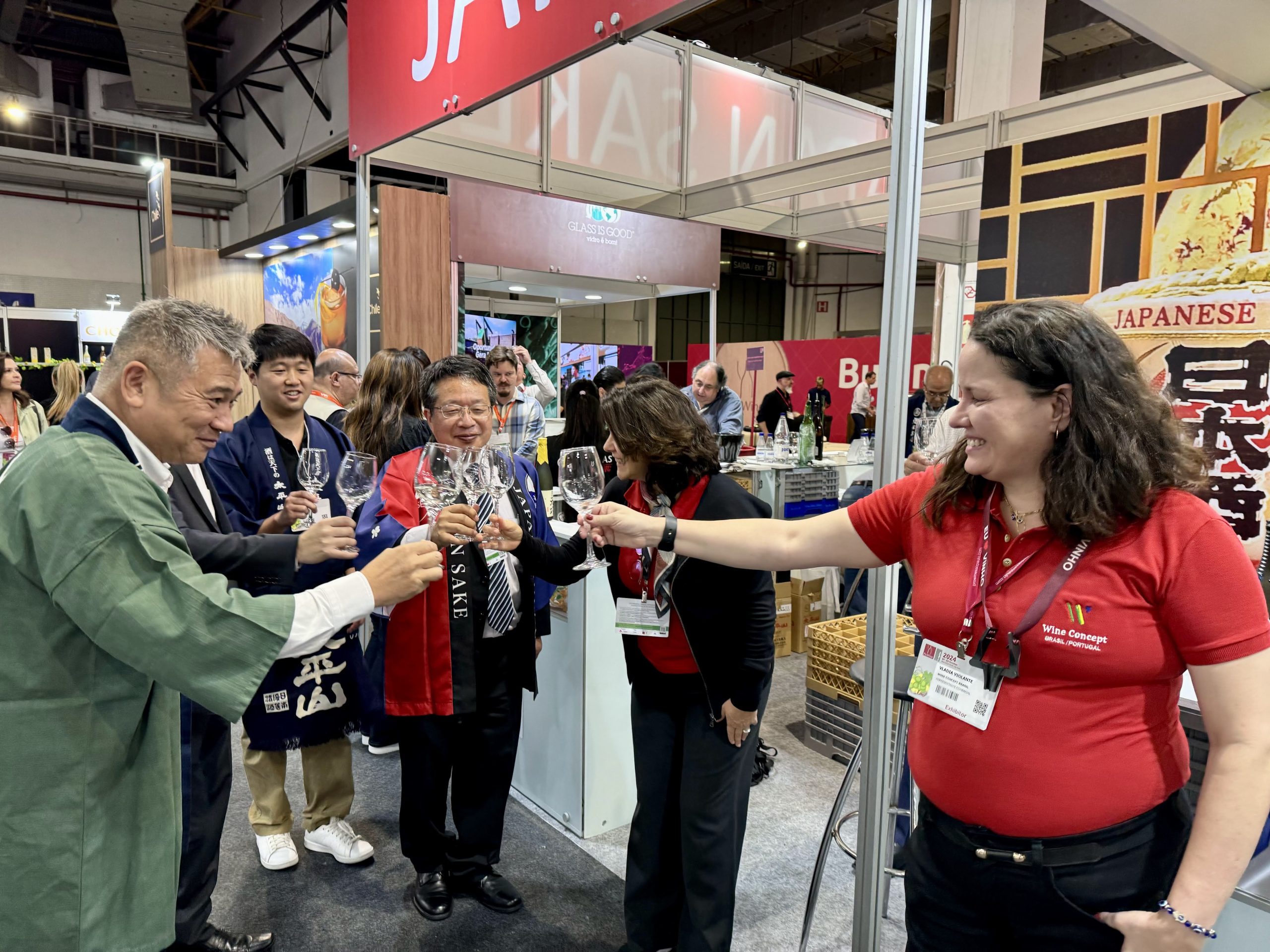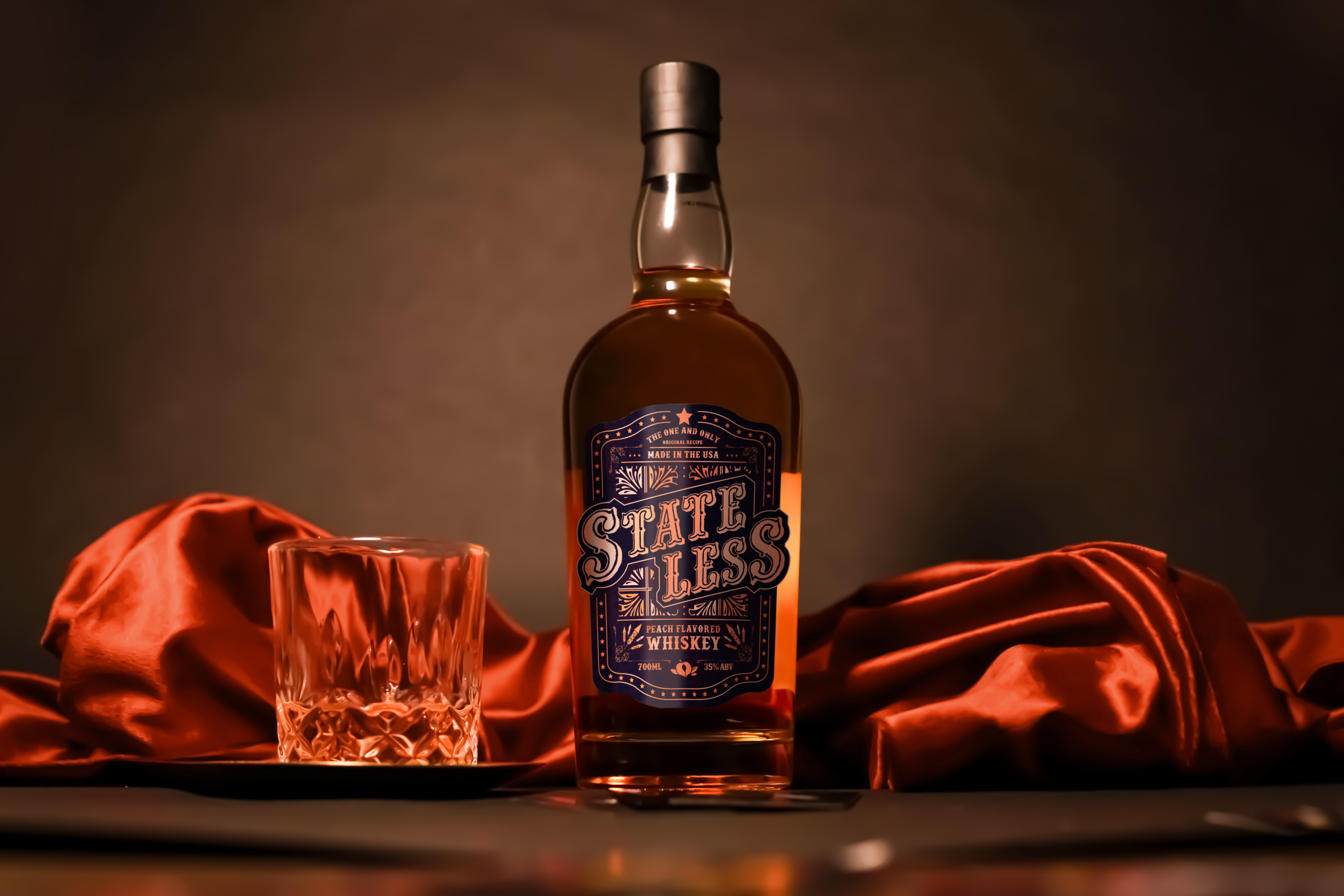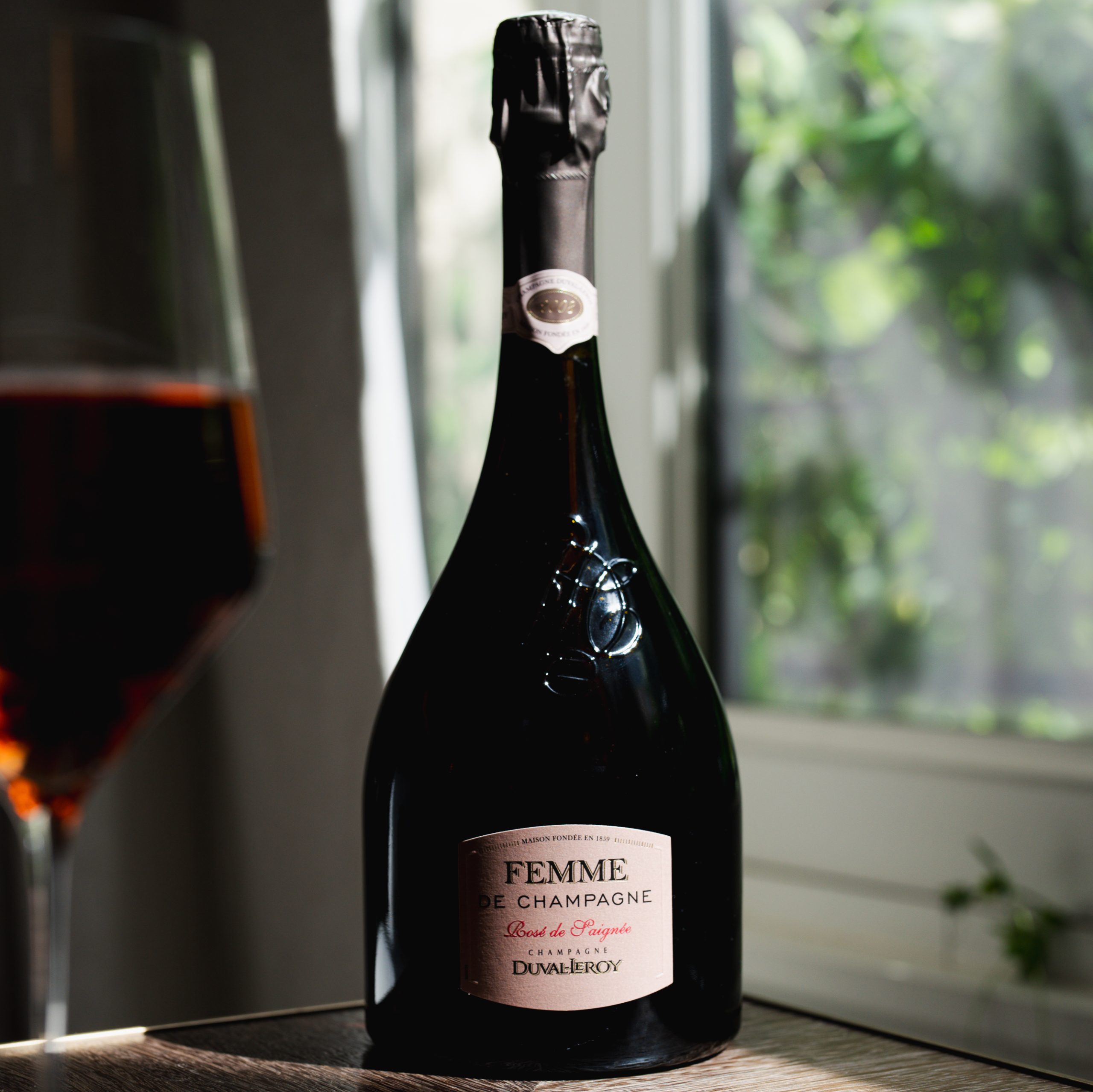This website uses cookies so that we can provide you with the best user experience possible. Cookie information is stored in your browser and performs functions such as recognising you when you return to our website and helping our team to understand which sections of the website you find most interesting and useful.
Australians develop thirst for Champagne
By Jayne PowellA soaring Australian dollar, cash-rich mining industry and continuous in-store promotional discounts has led Australians to develop a serious thirst for Champagne.
In 2011, Champagne sales in Australia jumped by more than 30% to 4.8 million bottles.
With the average Champagne consumer in their late thirties, in Australia Champagne is often enjoyed at outdoor social gatherings such as horse racing, weddings and festivals, where it is drunk as an apéritif without food, meaning sales tend to be seasonal.
In Australia, twice as many people buy Champagne to drink themselves rather than to offer as a gift, with women accounting for 66% of the consumption.
The state of New South Wales alone accounts for 37% of Champagne consumption and Sydney’s “diamond collective” – women in their 20s, 30s and 40s with high incomes, is its heartland.
The restaurant industry accounts for 32% of Champagne sales in Australia (with 20% of those sales by the glass) and Champagne aficionados like Nick Hilderbrandt, former sommelier of the year and co-owner of award-winning restaurant The Bentley, which features Sydney’s most extensive Champagne list, prefer to source fine and rare Champagnes at auction rather than focus on the grandes marques.
“To 90% of the Australian population, Champagne is sparkling wine, but they don’t actually know that Champagne itself is an appellation,” Hilderbrandt told the drinks business.
“Champagne is seen as a luxury product and something to be drunk on special occasions, while sparkling wine is consumed more regularly and drunk in greater volume – so both products have their place.
“I think local sparkling wines aspire to be similar to Champagne in terms of production, taste, packaging and marketing, but Champagne is always the more expensive,” he added.
The retail price of Champagne in Australia has collapsed from a steady AUS$70-80 per bottle in 2007, to today’s average promotional price of $45-55 in 2012.
Partner Content
These price reductions have helped to recruit new consumers to the category, but, as the Comite Interprofessionel de Vins de Champagne (CIVC) communications director Thibaut Le Mailloux noted: “Champagne is now extremely cheap in Australia.
“In the short term it helps us grow volume, which is great for the business, but we have to make sure that consumers are paying the right price,” he said.
“There isn’t really a rivalry between Champagne and sparkling wine in Australia, it’s about budget,” Peter Nixon, national fine wine manager at wine retail chain Dan Murphy’s, told db.
“Champagne is the pinnacle of quality sparkling wine to Australians, but it’s also a term broadly used for sparkling wine, from the Champagne region or otherwise.
“Consumption of sparkling wine among women aged 18-30 is over-represented, but most Australians who can afford Champagne still perceive it as the best.
“Champagne would be the first choice if you have over AUS$50 to spend, local sparkling if not,” he added.
Jayne Powell, aka Champagne Jayne, is a Champagne writer, author and educator based in Sydney.





